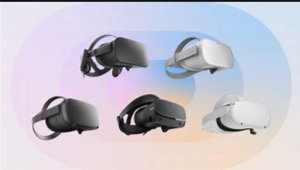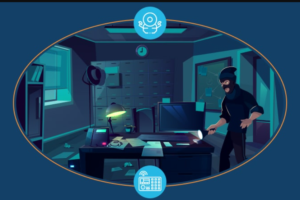Introduction:
Shut Circuit TV, generally known as CCTV, has turned into an essential piece of our advanced world. Molding the manner in which we see and oversee security.
In this exhaustive aide. We will dive into the significance, history, development, utilizes, stars, types, much of the time clarified pressing issues (FAQs), and eventually close with a reflection on the effect of CCTV on society.
Meaning:
CCTV stands for Closed-Circuit Television. A surveillance system that employs video cameras to transmit signals to a specific set of monitors. The primary purpose of CCTV is to monitor and record activities in a specific area, enhancing security and providing valuable visual evidence.
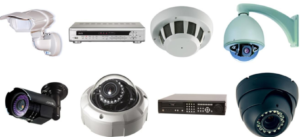
History:
The foundations of can be followed back to the 1940s when German designer Walter Bruch fostered a simple framework to screen V-2 rockets. Nonetheless, it was only after the 1960s that innovation began to get some momentum for public and confidential use. The main business framework was introduced in a bank in Germany in 1965, and from that point, the innovation kept on developing quickly.
Invention:
In 1966, they patented the first home security system, which laid the groundwork for modern Their system included a motorized camera and a set of monitors that homeowners could use to view and record activities around their property. This groundbreaking invention revolutionized the concept of surveillance, making it accessible to individuals beyond commercial and government entities.
Uses:
CCTV has a wide range of applications across various sectors. In the private circle, mortgage holders influence for property reconnaissance and the security of their friends and family. Also, legislative offices frequently utilize to screen basic foundation, public occasions, and traffic.
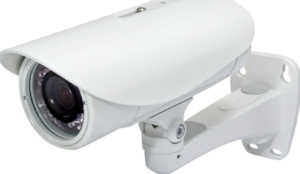
Pros:
- Crime Deterrence: The mere presence of CCTV cameras acts as a deterrent to criminal activities. Potential wrongdoers are less likely to commit offenses if they know they are being monitored.
- Evidence in Legal Proceedings: CCTV footage serves as valuable evidence in legal investigations. It helps law enforcement in identifying suspects and provides an unbiased account of events.
- Employee Productivity: In a business environment, CCTV can enhance employee productivity by discouraging time theft and ensuring that employees adhere to workplace policies.
- Public Safety: CCTV contributes to public safety by monitoring crowded areas, identifying potential threats, and assisting in emergency response situations.
- Remote Monitoring: With advancements in technology, CCTV systems now allow remote monitoring. This enables users to access live footage and recorded content from anywhere with an internet connection, providing a heightened level of convenience and flexibility.
Types:
Analog CCTV: Traditional CCTV systems use analog cameras and require physical cables to transmit signals. While effective, these systems are gradually being replaced by digital alternatives.
IP (Internet Protocol): IP cameras transmit digital signals over the internet, providing higher resolution and better image quality. They are also easier to integrate with other digital systems.
Wireless : These systems use wireless technology to transmit signals, eliminating the need for extensive cabling. Wireless is particularly useful in situations where installing cables is challenging.
HD: High Definition (HD) cameras offer superior image quality, allowing for clearer and more detailed footage. This type is commonly used in applications where visual precision is crucial.
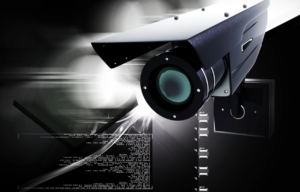
(FAQs):
1: How does CCTV work?
CCTV systems consist of cameras that capture video footage. This footage is then transmitted to monitors or recording devices through a closed circuit. The recorded content can be viewed in real-time or retrieved for later analysis.
2: Are CCTV cameras an invasion of privacy?
While CCTV is essential for security purposes, concerns about privacy arise when cameras are used in private spaces without consent. Striking a balance between security and privacy is crucial in implementing CCTV systems responsibly.
3: Can CCTV footage be used in court?
Yes, CCTV footage is admissible in court as evidence. It is often used to support or refute claims, identify suspects, and provide an unbiased account of events.
4: What is the difference between analog and IP CCTV?
Analog CCTV uses traditional cameras and transmits signals through physical cables, while IP relies on digital technology and transmits data over the internet. IP CCTV generally offers higher resolution and more features.
5: Are CCTV systems vulnerable to hacking?
Like any advanced framework, CCTV cameras are powerless to hacking while perhaps not appropriately gotten. It is pivotal to carry out safety efforts like solid passwords, normal updates, and encryption to safeguard against unapproved access.
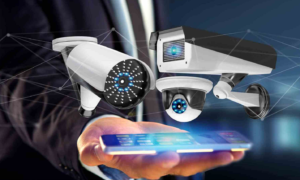
Conclusion:
All in all, Shut Circuit TV has developed from a straightforward. Observation idea to a complex and crucial innovation that shapes the manner. In which we approach security. With a rich history, different applications, and a large number of types. Taking care of different requirements, has turned into an omnipresent presence in our regular routines.
While its advantages in wrongdoing counteraction, proof assortment, and public wellbeing are irrefutable. The capable execution of frameworks requires a fragile harmony among security and protection. As innovation keeps on propelling, the fate of holds energizing prospects, guaranteeing that this observation apparatus stays a significant resource in defending our networks.




